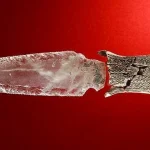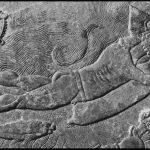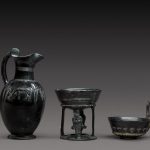Venus of Willendorf

The nearly 11 cm tall Venus of Willendorf, discovered in Austria, is one of the most significant examples of early European art. Carved around 29,500 years ago, the figurine is made from oolite—a type of limestone not found locally in or around Willendorf. Recent high-resolution tomographic analysis suggests that the material likely originated from northern Italy, indicating possible long-distance movement or trade networks during the Upper Paleolithic period.
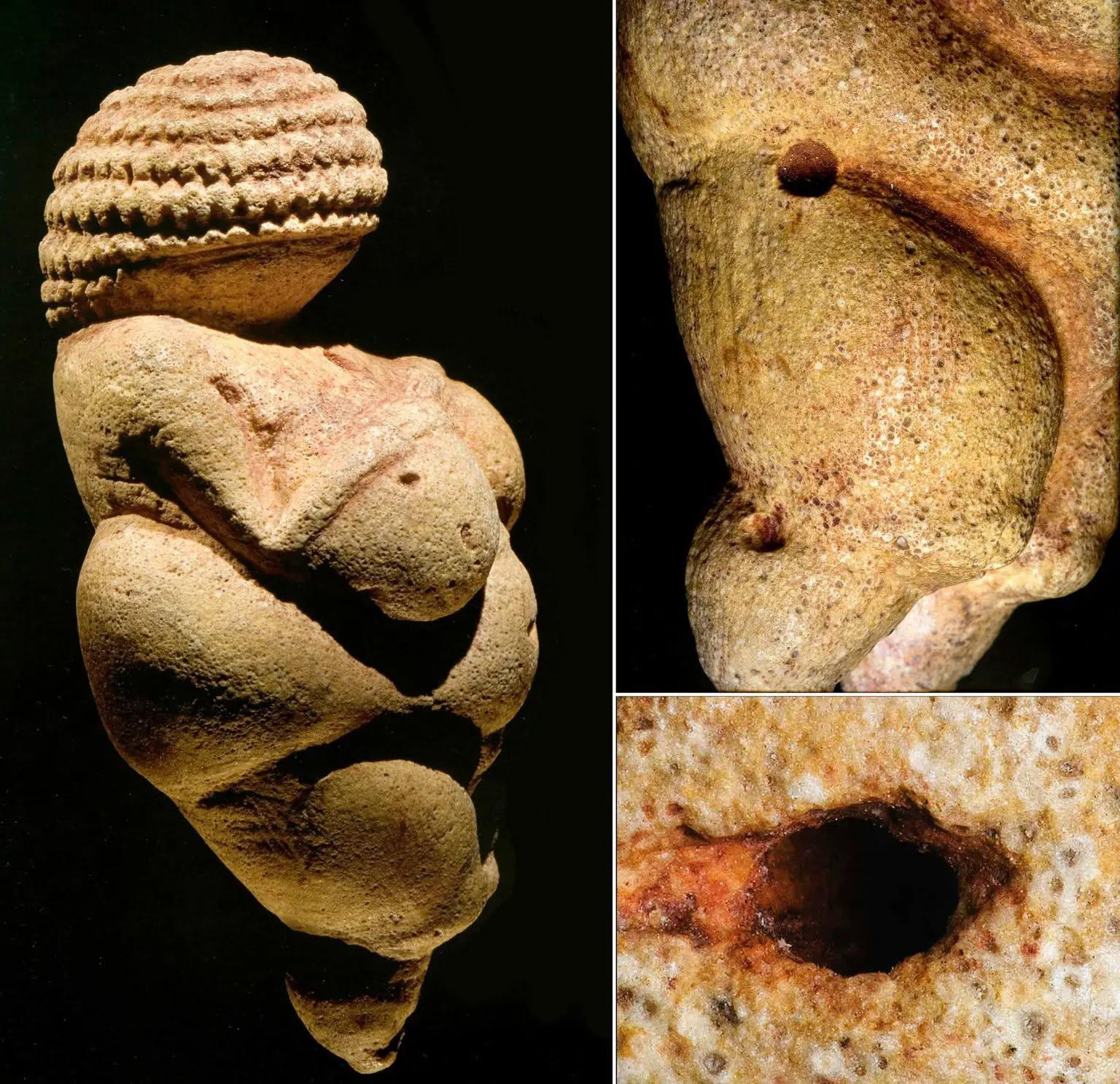
The small figurine, measuring 11 cm in length, is carved and colored with a reddish earth tone, depicting the shape of a nude woman. It has been named the “Venus of Willendorf” because it is believed to represent fertility and abundance in ancient cultures.

Although the face is not clearly defined, the statue’s prominent body features suggest a symbolic connection to fertility: the breasts, genitalia, buttocks, and legs are deliberately exaggerated. One of the greatest mysteries surrounding the Venus of Willendorf is the material it was made from. Unlike most figurines of that era, which were typically carved from ivory or bone, this figurine is made from oolite (egg stone). Oolite is a type of sedimentary limestone formed from spherical grains called ooids. The figure was also coated with red ochre.
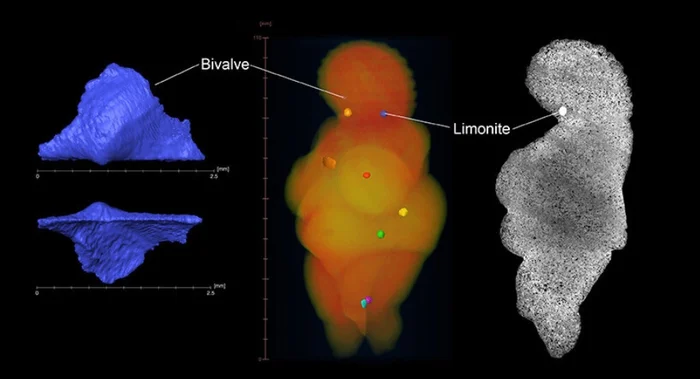
The statue’s internal structure is non-uniform, containing layers of sediment with grains of varying density and size. It also includes small fragments known as limonites—impurities that indicate the oolite used did not originate within 200 kilometers of where the figurine was discovered.
By comparing it with data from Jurassic-era rocks, scientists determined that the material used to carve the Venus of Willendorf came from Lake Garda in northern Italy. This means the stone—or possibly the figurine itself—traveled from south to north across the Alps. If the journey followed a roundabout route, it would have spanned as much as 730 kilometers.
This is considered an astonishing journey, especially given that it occurred in prehistoric times without the aid of modern transportation or technology, and across extremely challenging terrain. The fact that the Venus of Willendorf was so carefully transported suggests the figurine held deep spiritual or cultural significance.





